Transcription of OPERATIONAL GUIDELINES - Press Information Bureau
1 FORMATION AND PROMOTION OF 10,000 FARMER PRODUCER ORGANIZATIONS (FPOs) OPERATIONAL GUIDELINES Government of India Department of Agriculture, Co-operation & Farmers Welfare Ministry of Agriculture & Farmers Welfare Formation and Promotion of 10,000 Farmer Producer Organizations (FPOs) OPERATIONAL GUIDELINES Government of India Ministry of Agriculture & Farmers Welfare Department of Agriculture, Cooperation & Farmers Welfare STNOTNOC Sl. No. ITEMS Page 1 Aims and Objectives of the Scheme 1 2 Farmer Producer Organization(FPO) 1 3 Broad Services and Activities to be undertaken by FPOs 1 4 ryS yget rtS Formation of FPO and Identification of Cluster Area 2 5 National Project Management Agency (NPMA) 5 6 Implementing Agencies 7 7 Cluster- Based Business Organizations (CBBOs)
2 9 8 Budgetary Provisions 14 9 FPO Formation & Incubation Cost including CBBOs Cost and Cost of Monitoring & Data Management/MIS Portal including Cost of NPMA 15 10 FPO Management Cost 16 11 Provision for Equity Grant 17 12 Credit Guarantee Facility 22 13 Training and Capacity Building for Promotion of FPOs 29 14 Implementation & Monitoring Mechanism 31 15 Evaluation of the Scheme 36 16 Integrated Portal 37 17 Miscellaneous 37 18 Annexure I to II 40 1 Aims and Objectives of the Scheme To provide holistic and broad based supportive ecosystem to form new 10,000 FPOs to facilitate development of vibrant and sustainable income oriented farming and for overall socio-economic development and wellbeing of agrarian communities. To enhance productivity through efficient, cost-effective and sustainable resource use and realize higher returns through better liquidity and market linkages for their produce and become sustainable through collective action.
3 To provide handholding and support to new FPOs up to 5 years from the year of creation in all aspects of management of FPO, inputs, production, processing and value addition, market linkages, credit linkages and use of technology etc. To provide effective capacity building to FPOs to develop agriculture-entrepreneurship skills to become economically viable and self-sustaining beyond the period of support from government. Farmer Producer Organization (FPO) FPO is a generic name, which means and includes farmer- producers organization incorporated/ registered either under Part IXA of Companies Act or under Co-operative Societies Act of the concerned States and formed for the purpose of leveraging collectives through economies of scale in production and marketing of agricultural and allied sector.
4 However, FPOs registered under Co-operative Societies Act of the State (including Mutually Aided or Self-reliant Cooperative Societies Act by whatever name it is called) for the purpose of this Scheme, is to be insulated from all kinds of interference including in election process and day today management through suitable provisioning in their Memorandum of Association and Bye-laws with a view to encourage healthy growth and development of FPO. Broad Services and Activities to be undertaken by FPOs The FPOs may provide and undertake following relevant major services and activities for their development as may be necessary:- (i) Supply quality production inputs like seed, fertilizer, pesticides and such other inputs at reasonably lower wholesale rates.
5 (ii) Make available need based production and post-production machinery and equipment like cultivator , tiller , sprinkler set, combine harvester and such other machinery and equipment on custom hiring basis for members to reduce the per 2 unit production cost. (iii) Make available value addition like cleaning, assaying, sorting, grading, packing and also farm level processing facilities at user charge basis on reasonably cheaper rate. Storage and transportation facilities may also be made available. (iv) Undertake higher income generating activities like seed production, bee keeping, mushroom cultivation etc. (v) Undertake aggregation of smaller lots of farmer-members produce; add value to make them more marketable. (vi) Facilitate market Information about the produce for judicious decision in production and marketing.
6 (vii) Facilitate logistics services such as storage, transportation, loading/un-loading etc. on shared cost basis. (viii) Market the aggregated produce with better negotiation strength to the buyers and in the marketing channels offering better and remunerative prices. A Business Plan Linked development in both medium and long-term will be the hallmark of strong business growth for FPO. Strategy for Formation of FPO and Identification of Cluster Area Formation and promotion of FPO is based on Produce Cluster Area, which is broadly defined as: Produce Cluster aerA for purpose of FPO formation and management herein means a geographical area wherein agricultural and allied produce such as ltSytlthytS h produce of similar or of almost similar nature is grown / cultivated; therefore, an FPO can be formed for leveraging economies of scale in production and marketing.
7 This will also cover Organic Produce and Natural Farming. Produce cluster area is to be identified with the input of District Level Monitoring Committee (D-MC), State Level Consultative Committee (SLCC), other Ministries/Departments of Government of India and the States as well as with recommendations of Implementing Agencies with input from Cluster- Based Business Organization (CBBO) and suggestions of relevant Government of India Organizations. CBBOs will undertake Feasibility Study in assigned clusters which will include the following: (i) Diagnostic study including Baseline survey to find out produce and socio-3 cultural similarity, existing gap and potential activity, interventions in terms of infrastructure, services, etc. required in the value chain of agricultural and horticultural produce including post-harvest management and marketing.
8 Baseline survey should also identify current situation of farming, small, marginal and landless farmers for aggregation, to identify minimum geographical area for potential interventions etc. (ii) Prospective Business Plan in order to establish a fit case for formation of an economically sustainable FPO. FPO with a minimum farmer-members size of 300 shall be eligible under the scheme in plains, while in North-Eastern and Hilly areas* (including such other areas of UTs), size of 100 shall be eligible. Farmer-members cohesively located with almost same interest are to be mobilized to form a group of 15-20 Members, calling the group as Farmer Interest Group (FIG) or Self Help Group (SHG), Farmers Club (FC), Joint Liability Group (JLG) , Rythu Mitra Group.
9 Such 20 or more groups from a produce cluster area or a village/ cluster of neighboring villages based on certain commonalities are to be put together to form an FPO with a minimum farmer-members size of 300 to be eligible under this scheme in plains while in Hilly and North Eastern regions, 7-8 are to be put together to form an FPO with a minimum farmer-members size of 100. It may provide special focus to include small, marginal and women farmers/women SHGs, SC/ST farmers and other economically weaker categories etc. as members to make FPOs more effective and inclusive. * - Hilly area means area at a height of 1000 metre or above MSL However, efforts will be made to achieve an average membership size of 500 farmers in plain areas and 200 farmers in Hilly and North-Eastern regions to make them sizable for economic sustainability and profitability.
10 Based on experience/ need, Department of Agriculture, Cooperation and Farmers Welfare (DAC&FW) may revise the minimum membership norm per FPO, with the approval of Union Agriculture Minister. Efforts will be made to form on an average two FPOs in at least each of potential 5,000 blocks out of existing about 7,000 blocks. However, efforts will be made to cover all blocks in the country. The FPOs can federate at district level and State level based on their need of processing, branding and marketing of produce/trading of commodities, which are essential for scaling up for survivability and growth in an era of competition. 4 Based on their need, success and product, they can federate at the National level also to promote packaging/branding and domestic/international trading of quality produce.

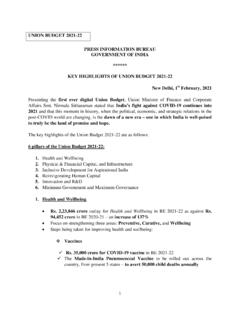
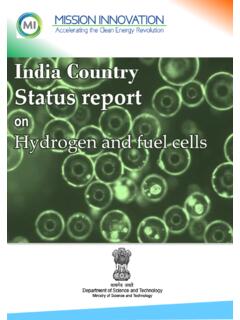
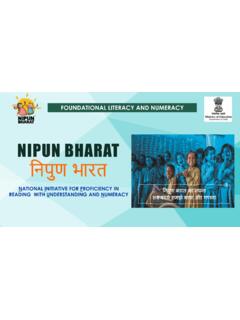
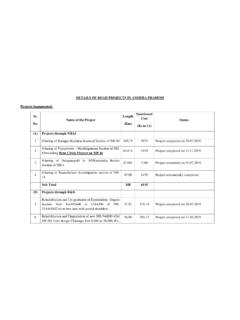

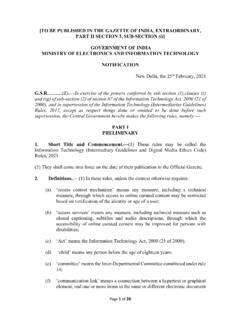
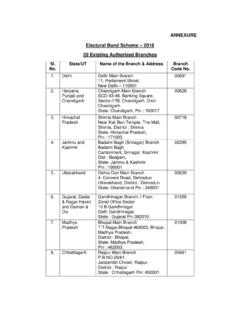

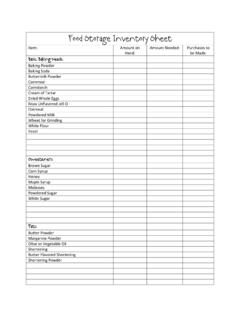

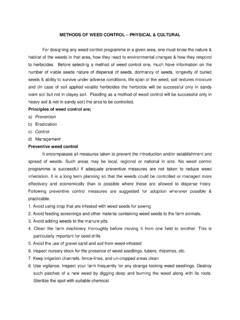
![THE SECOND SCHEDULE [See Section 3(36)]](/cache/preview/6/3/8/6/1/8/e/d/thumb-638618edf314f88ed79c3d489b3357c7.jpg)

